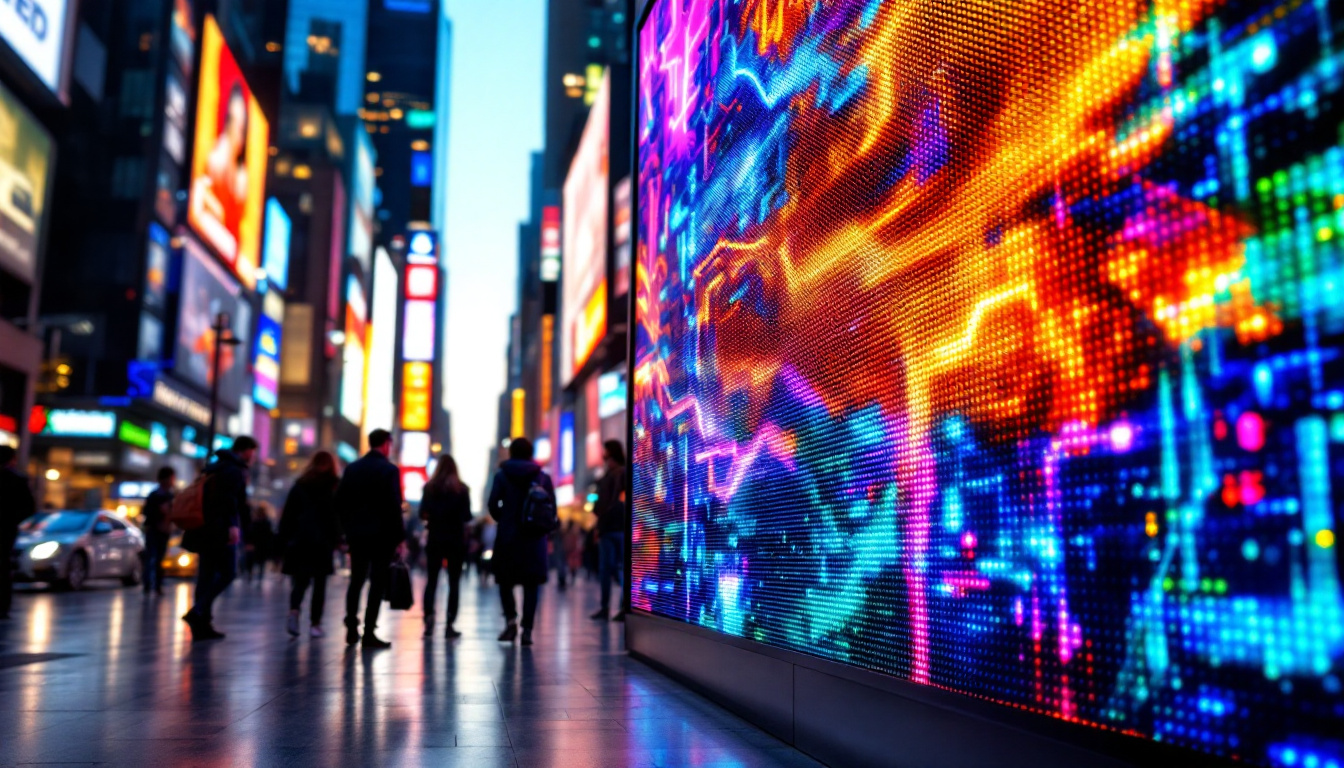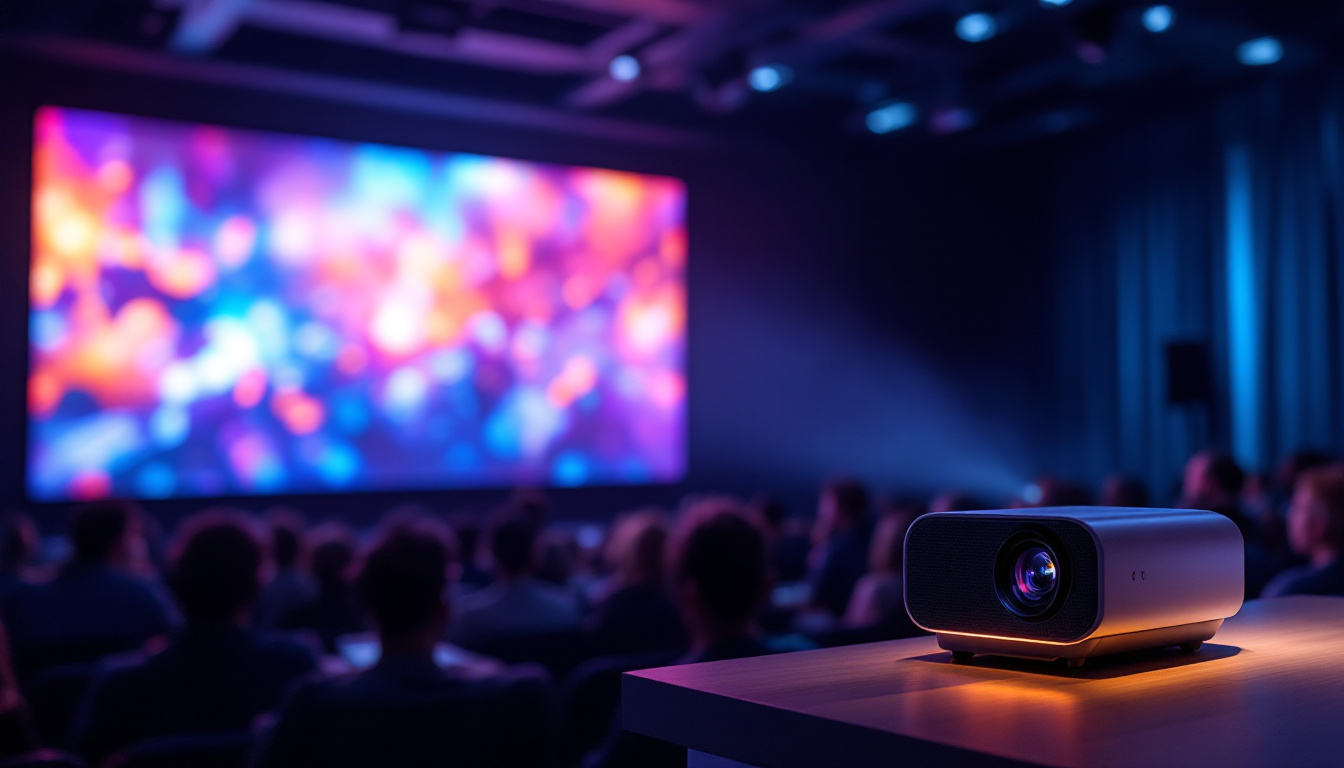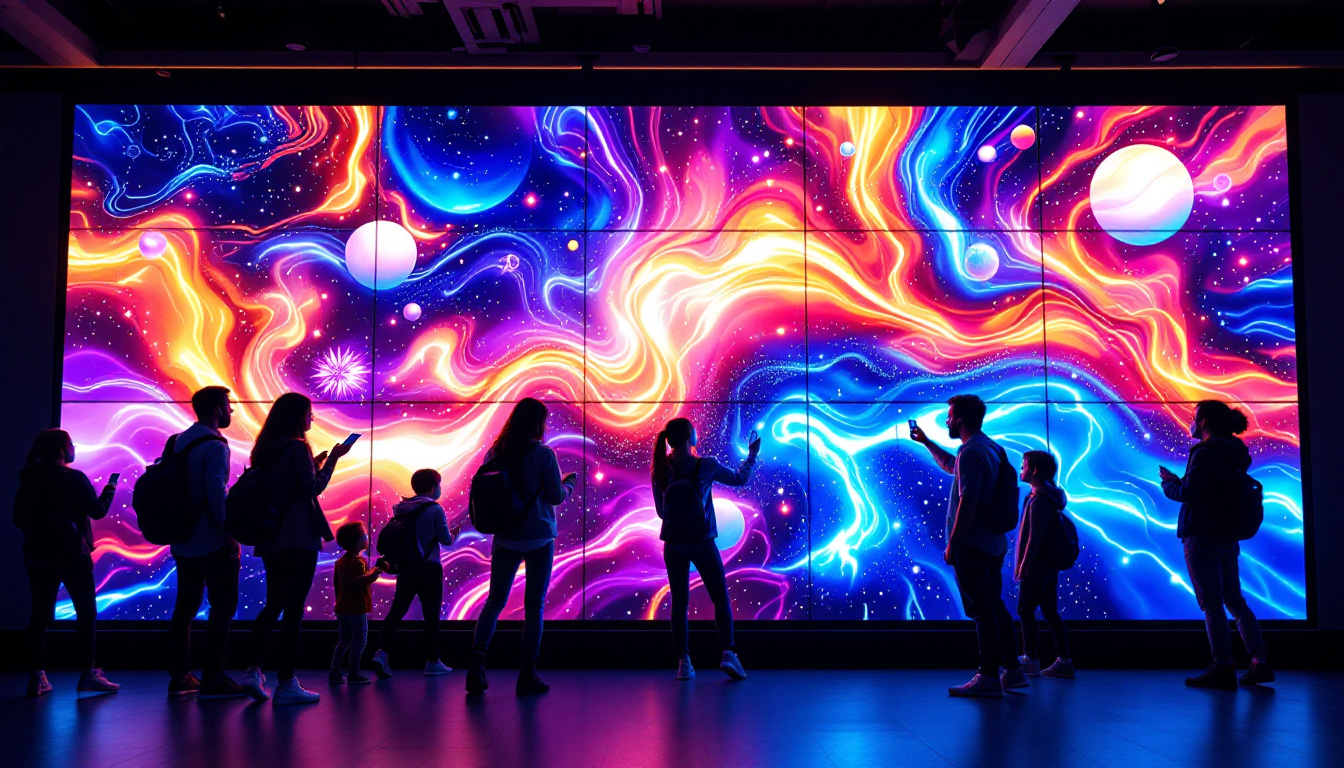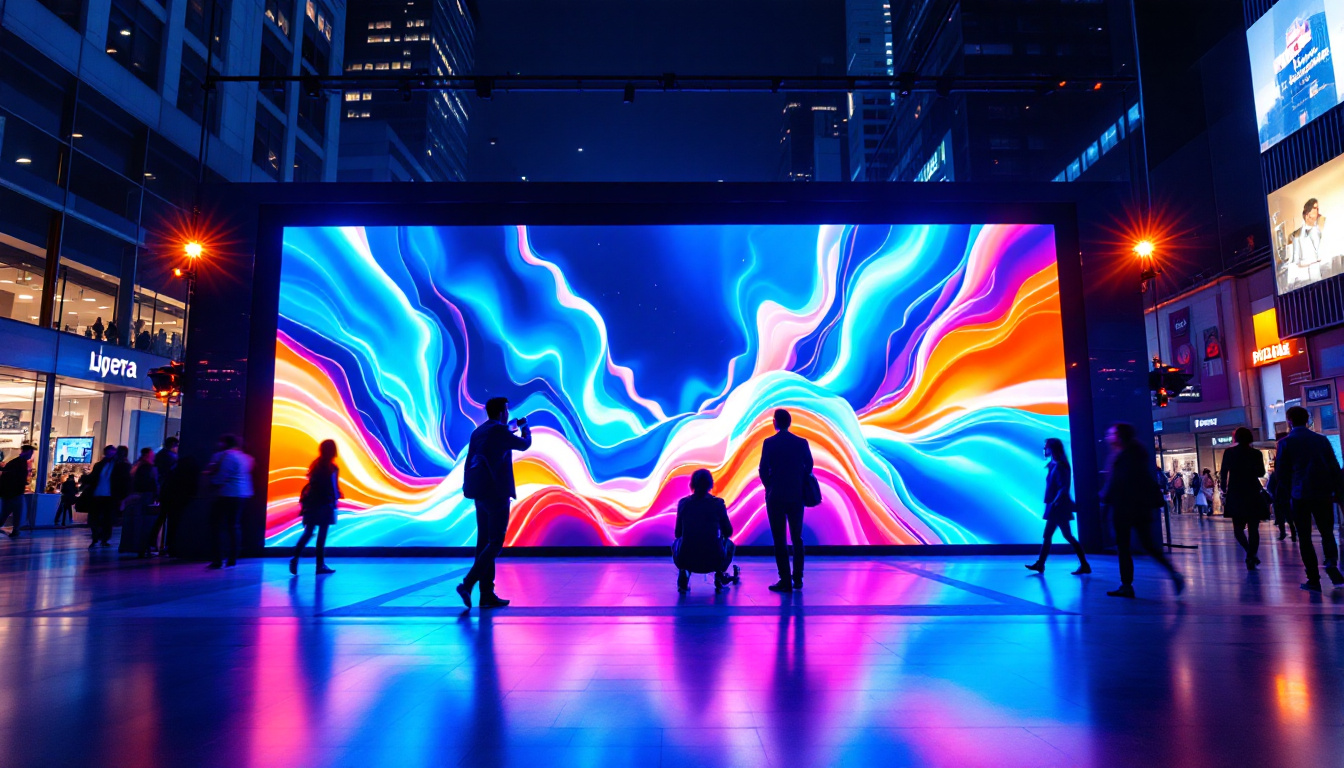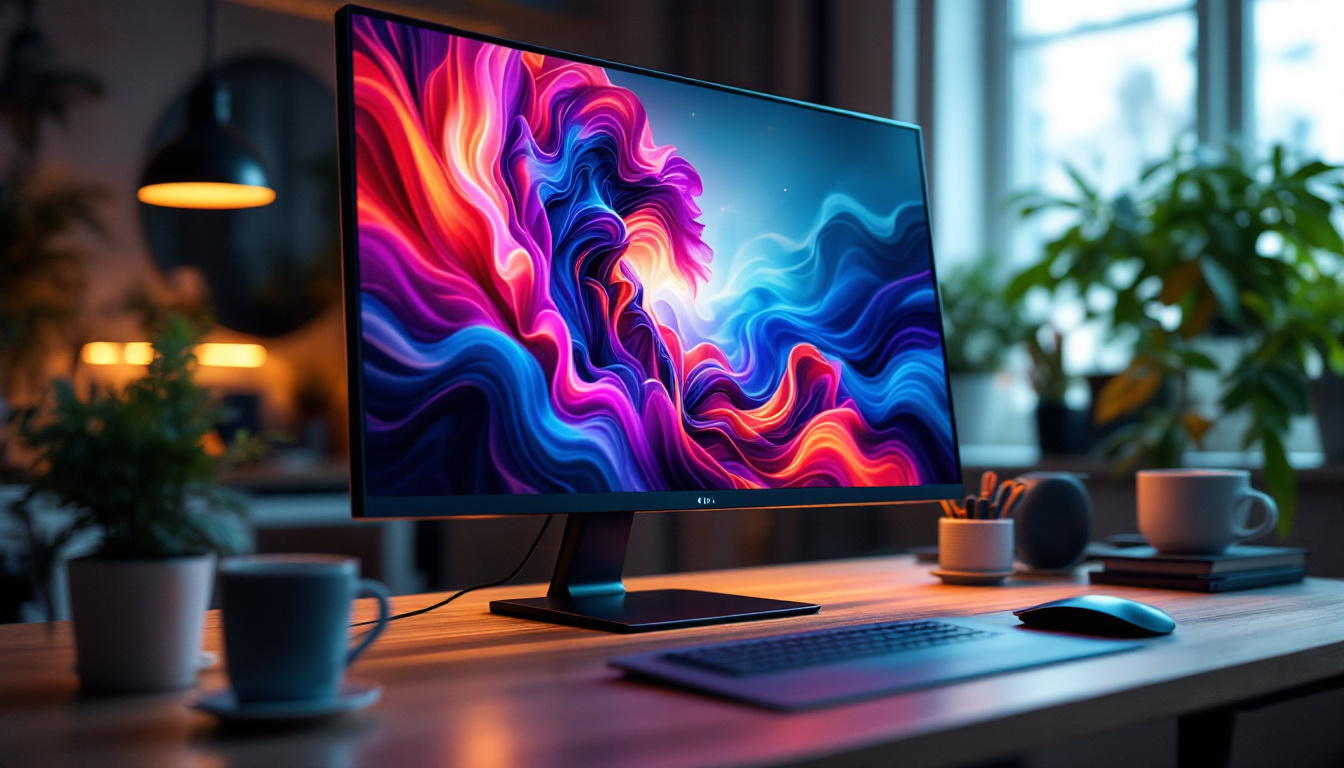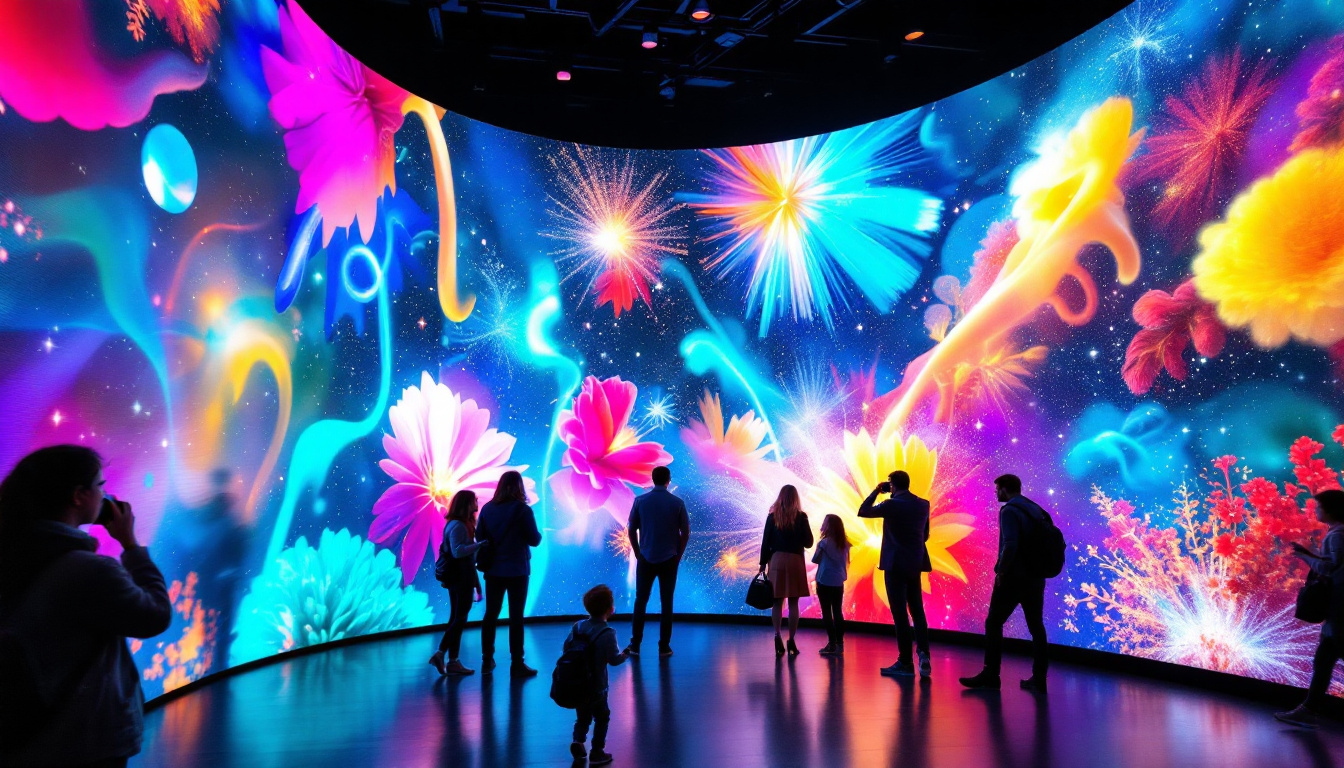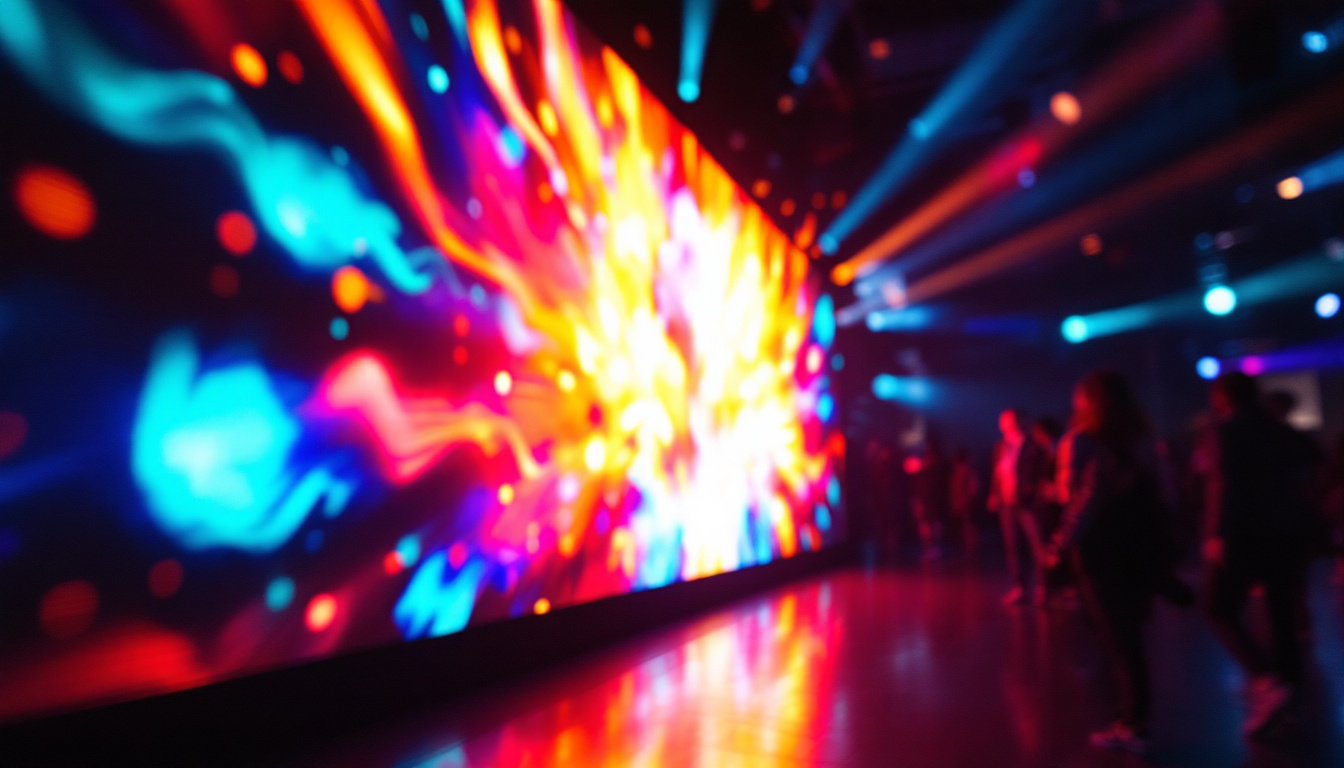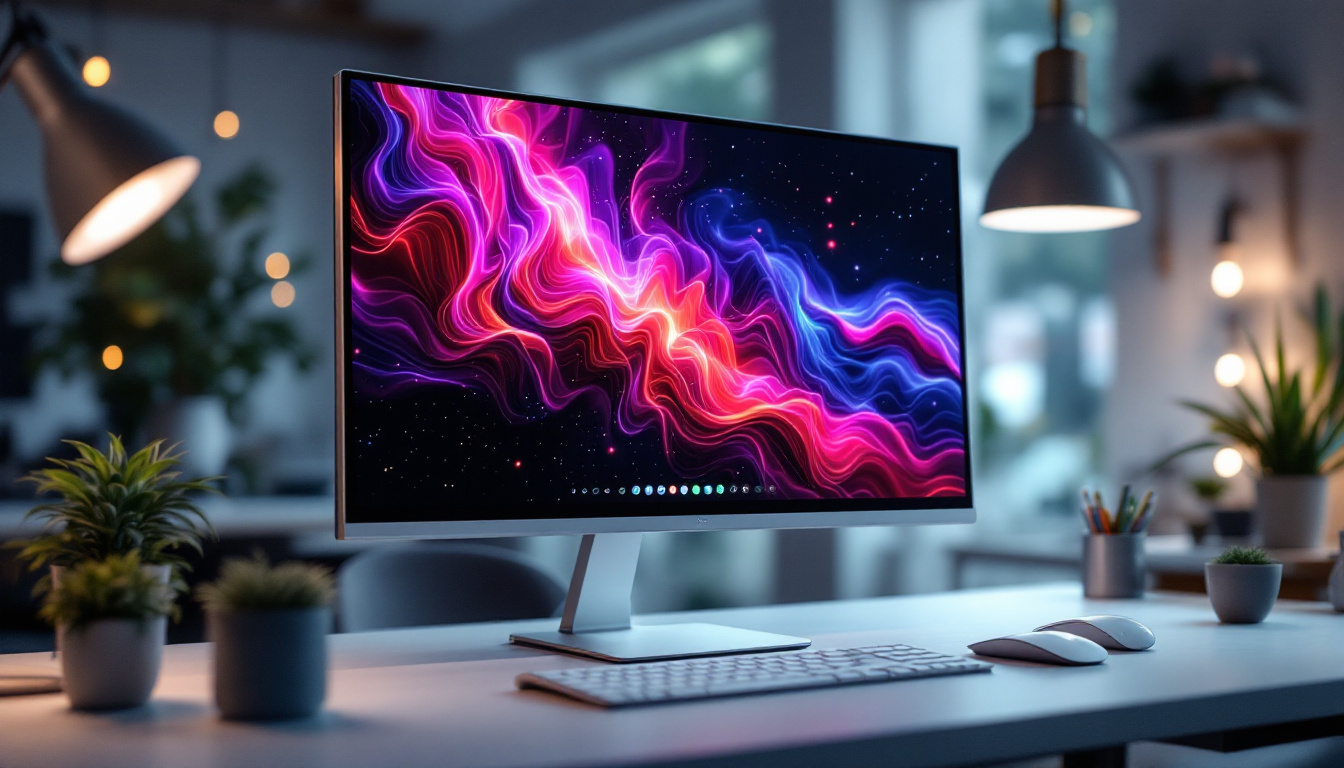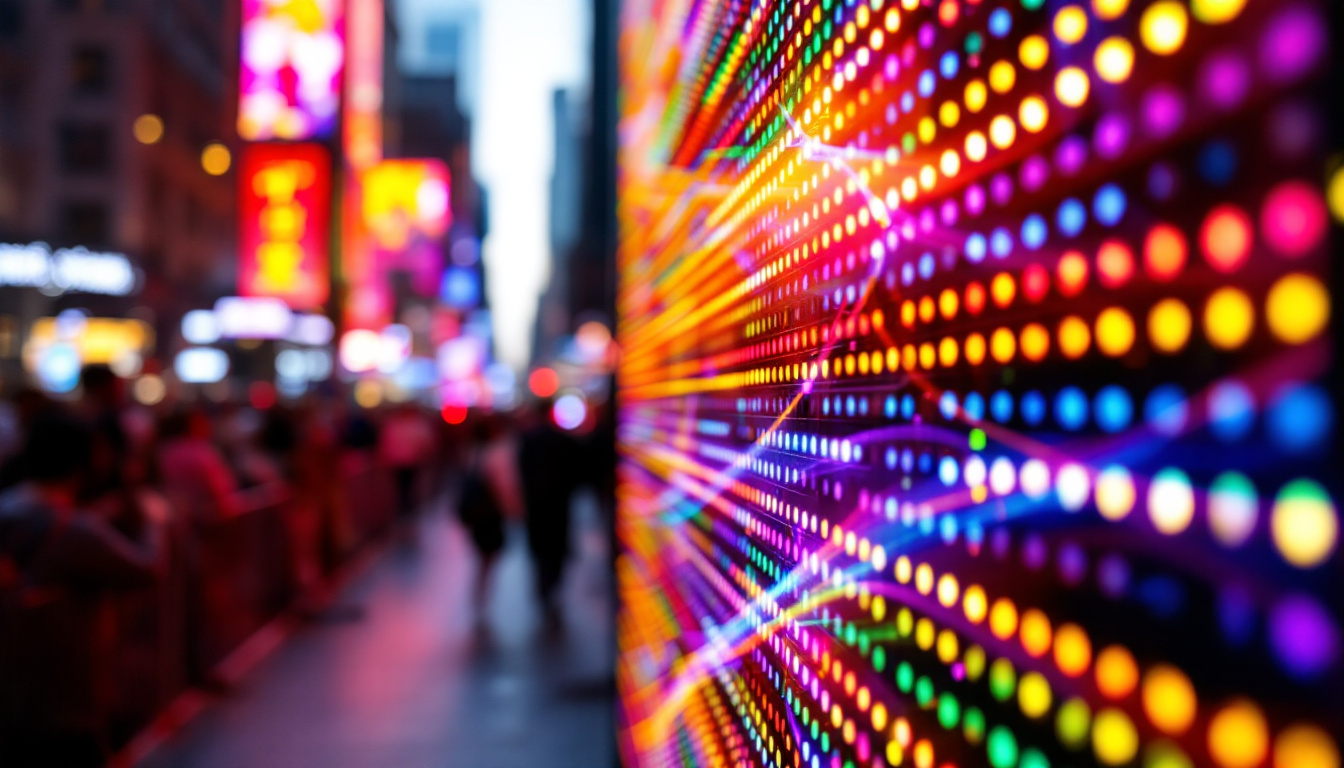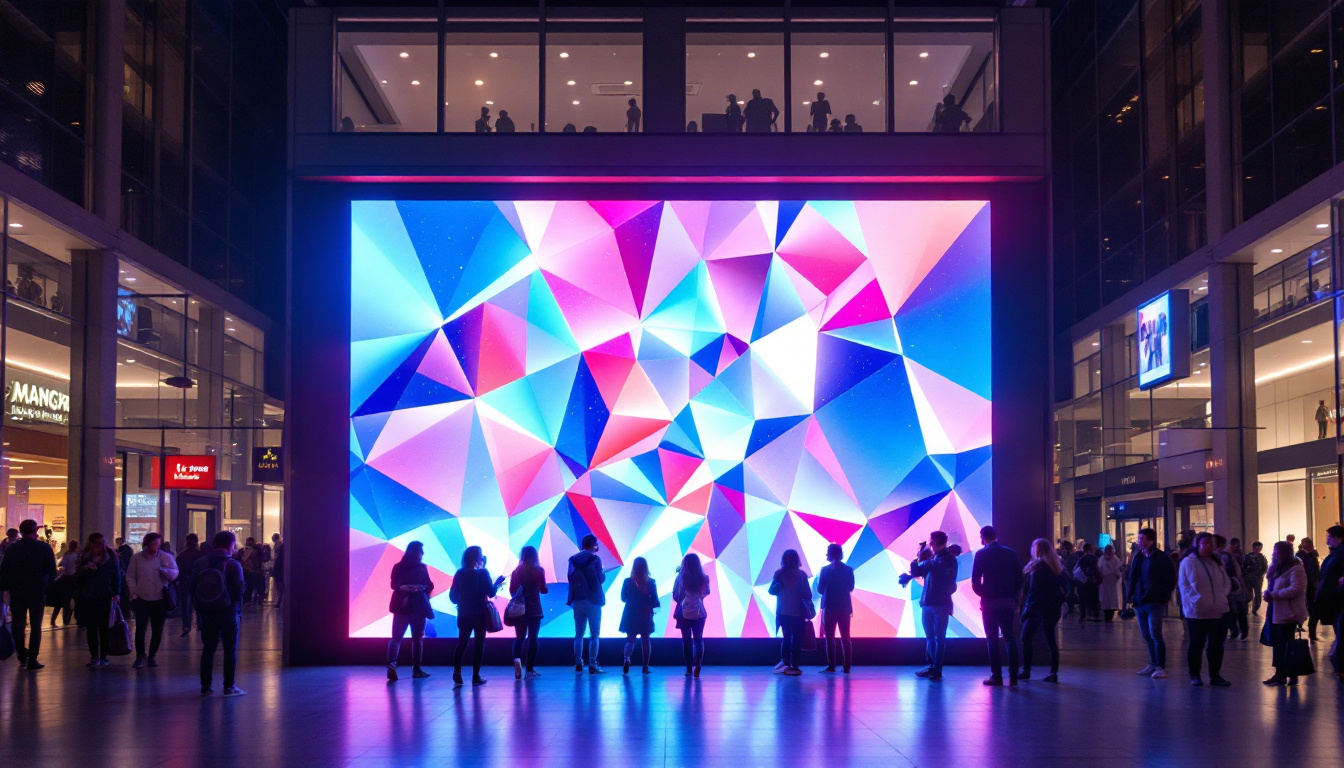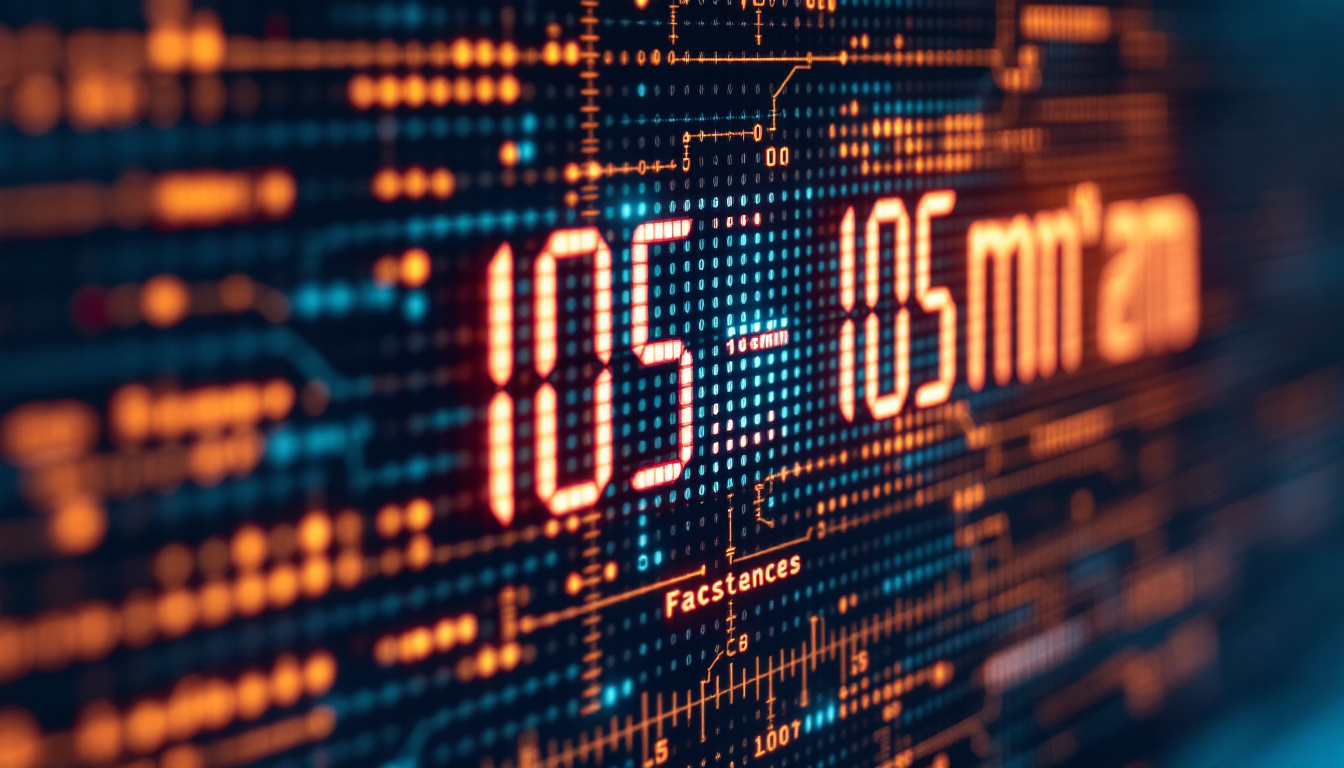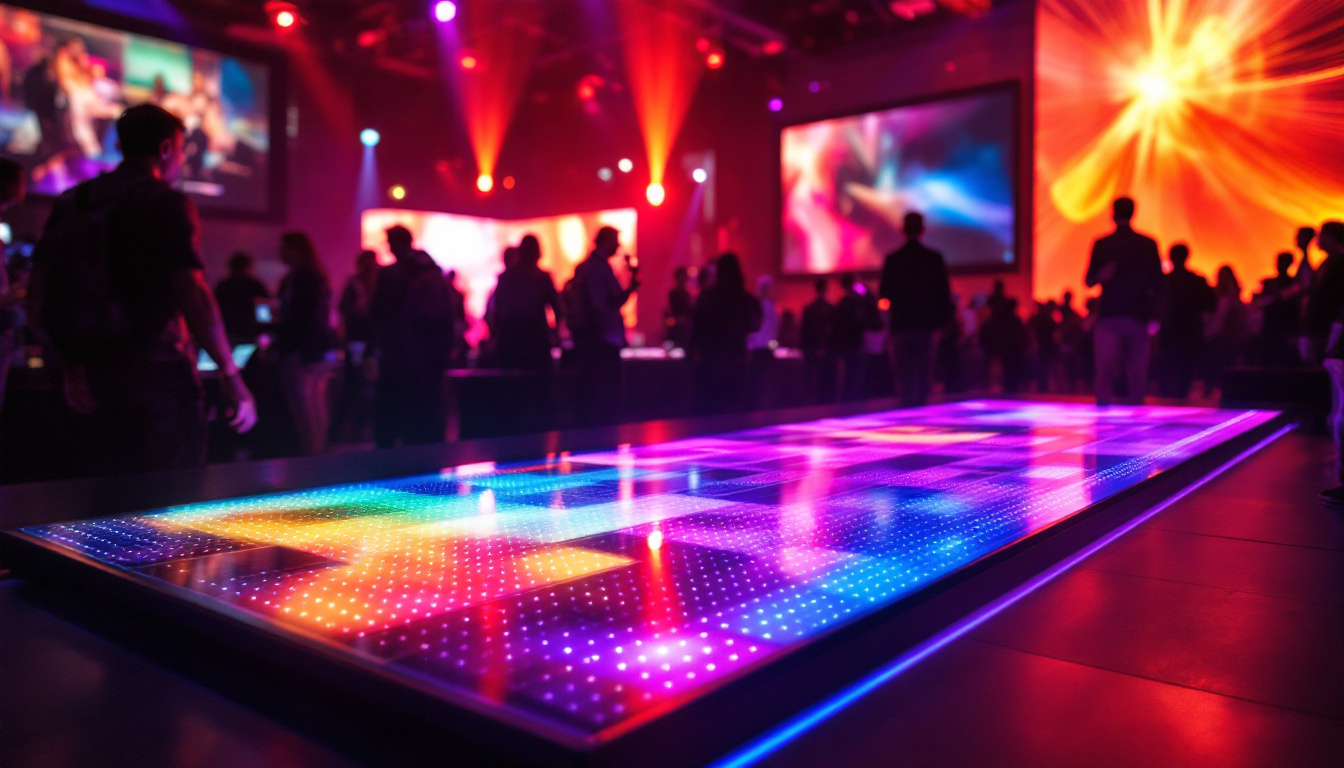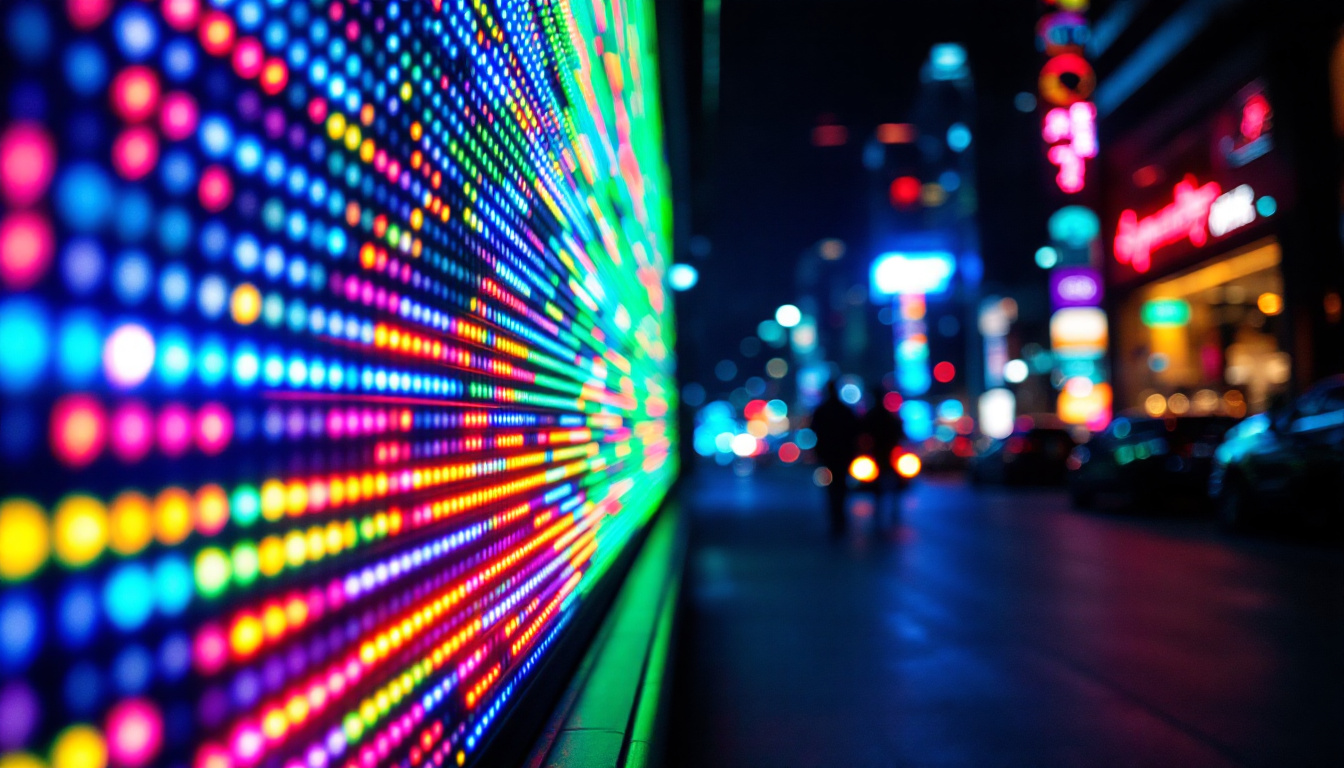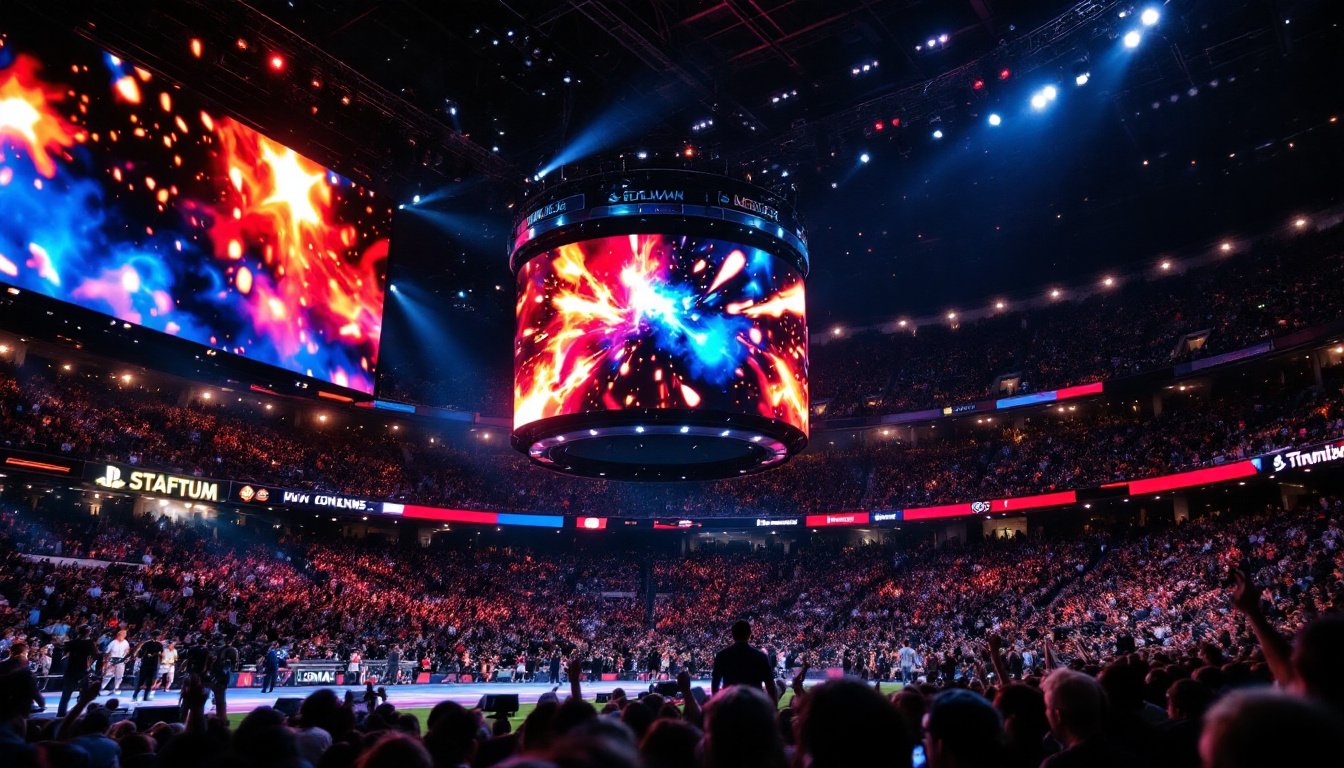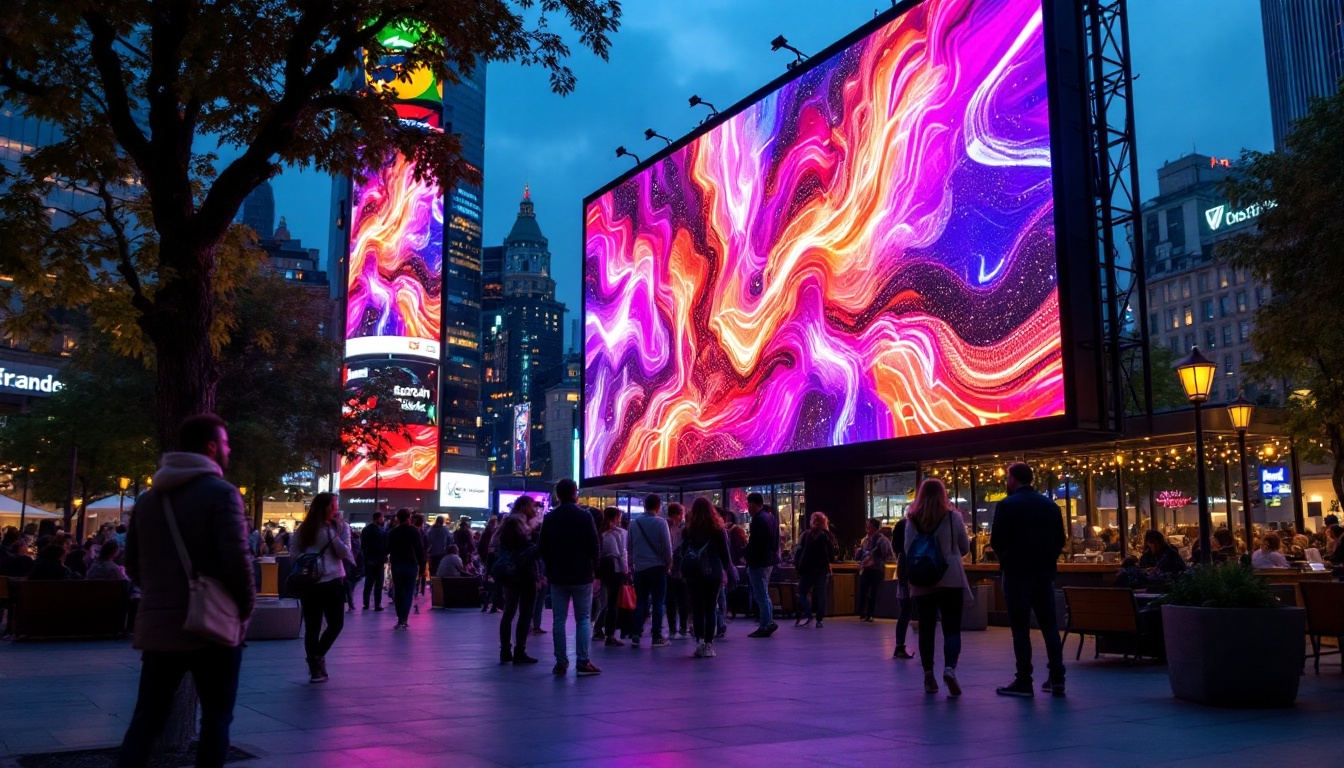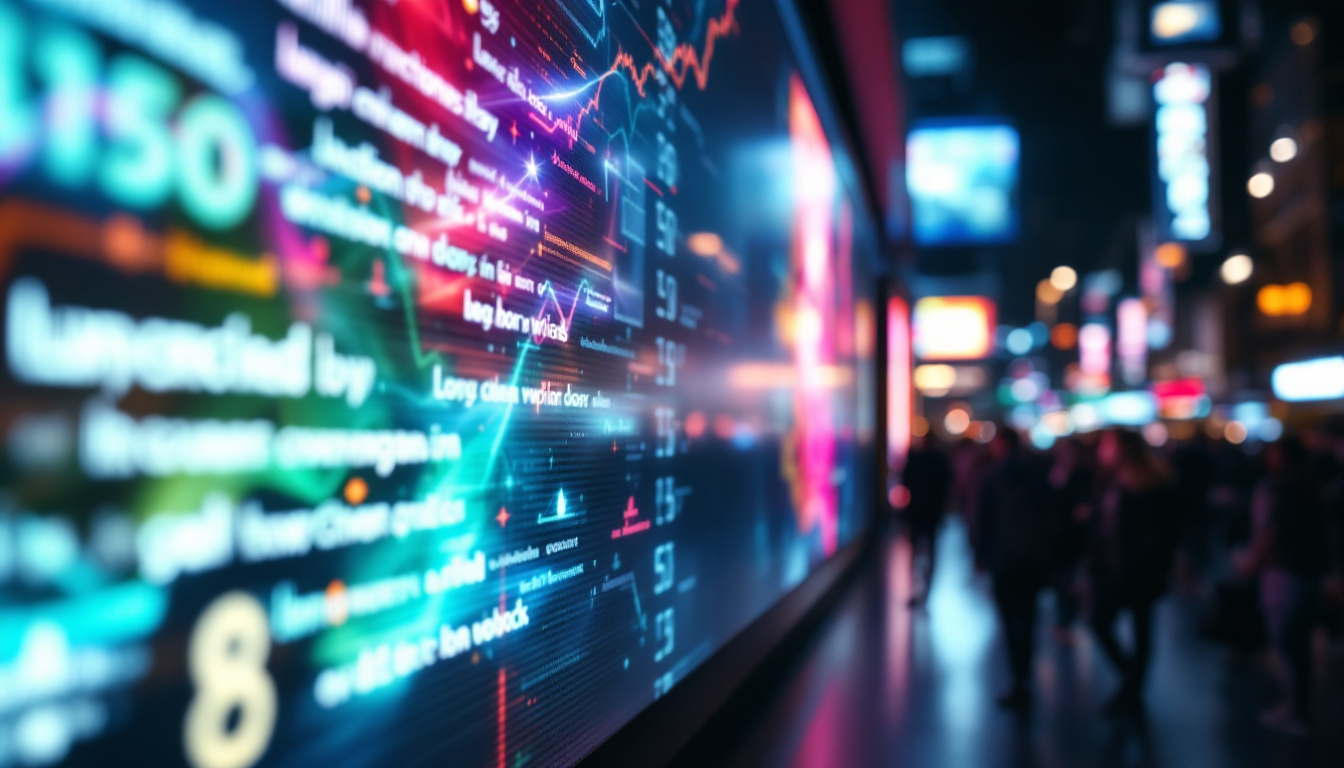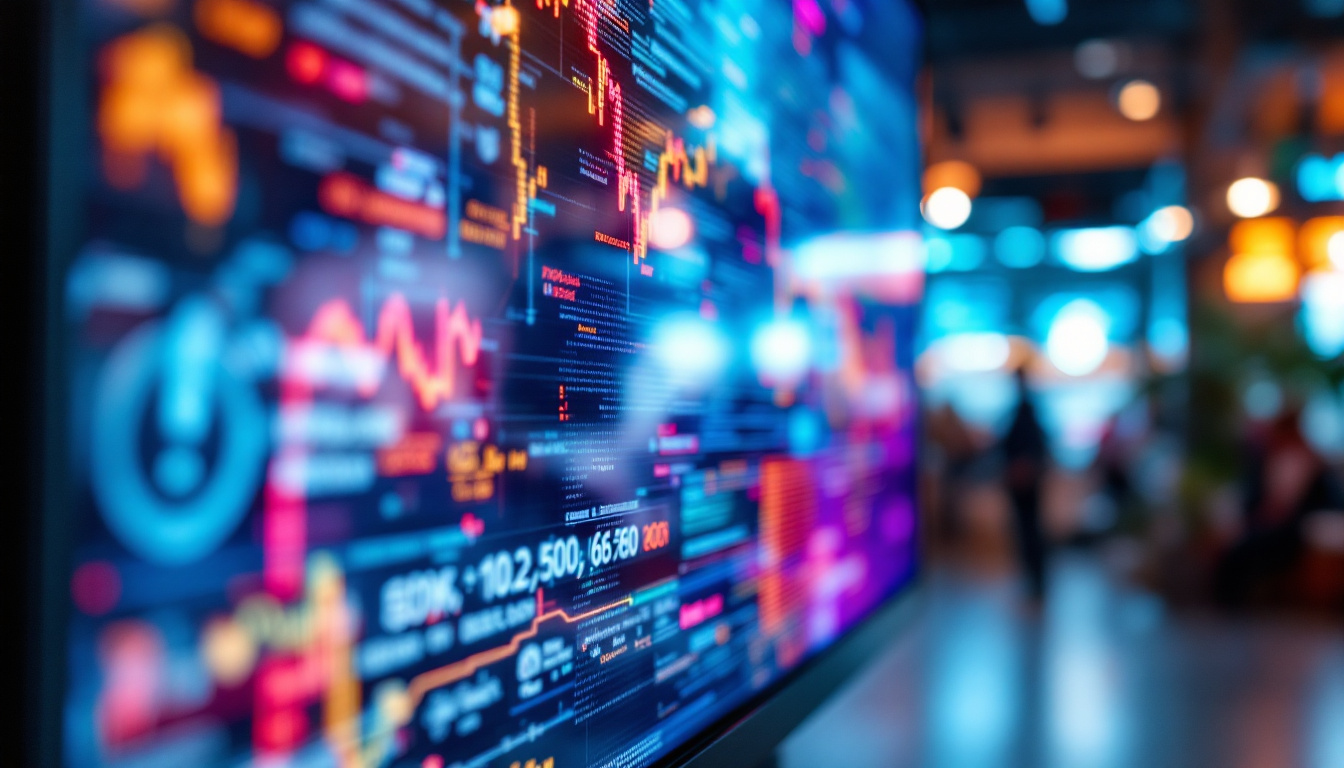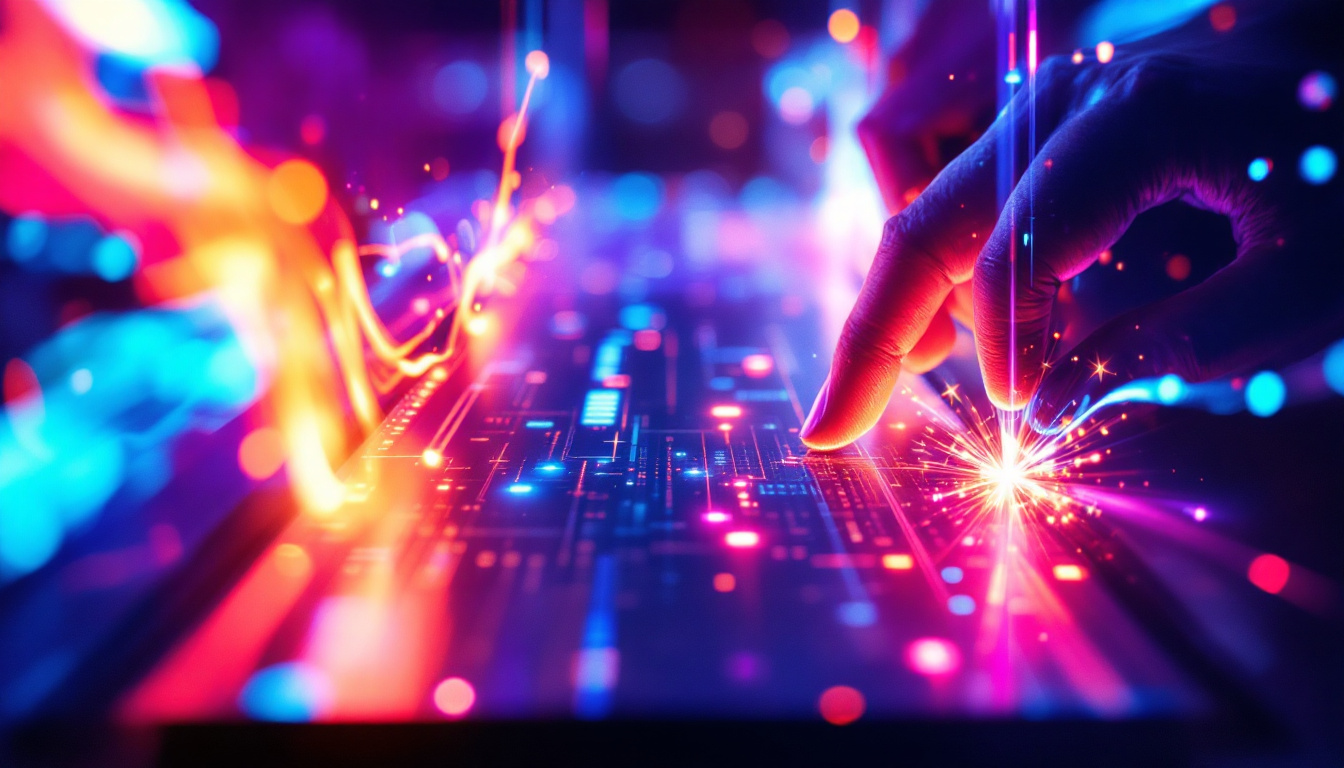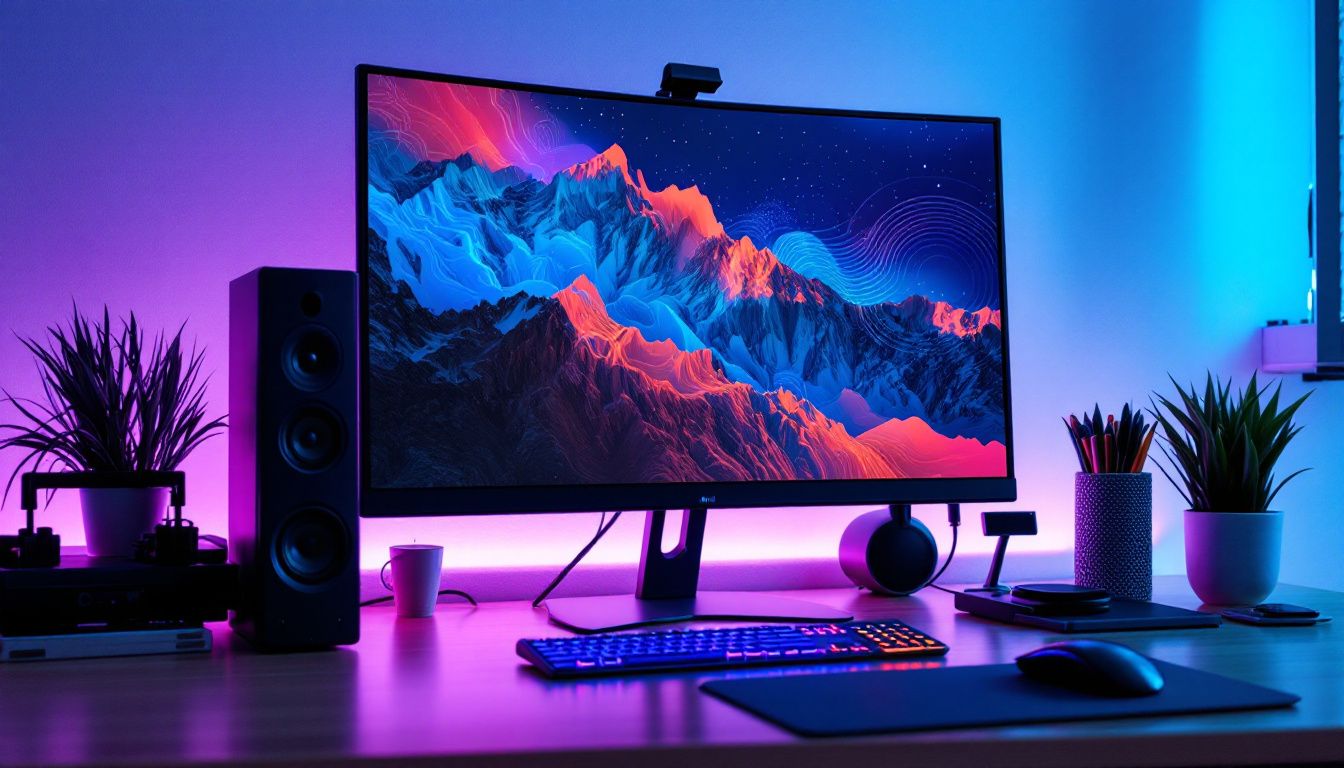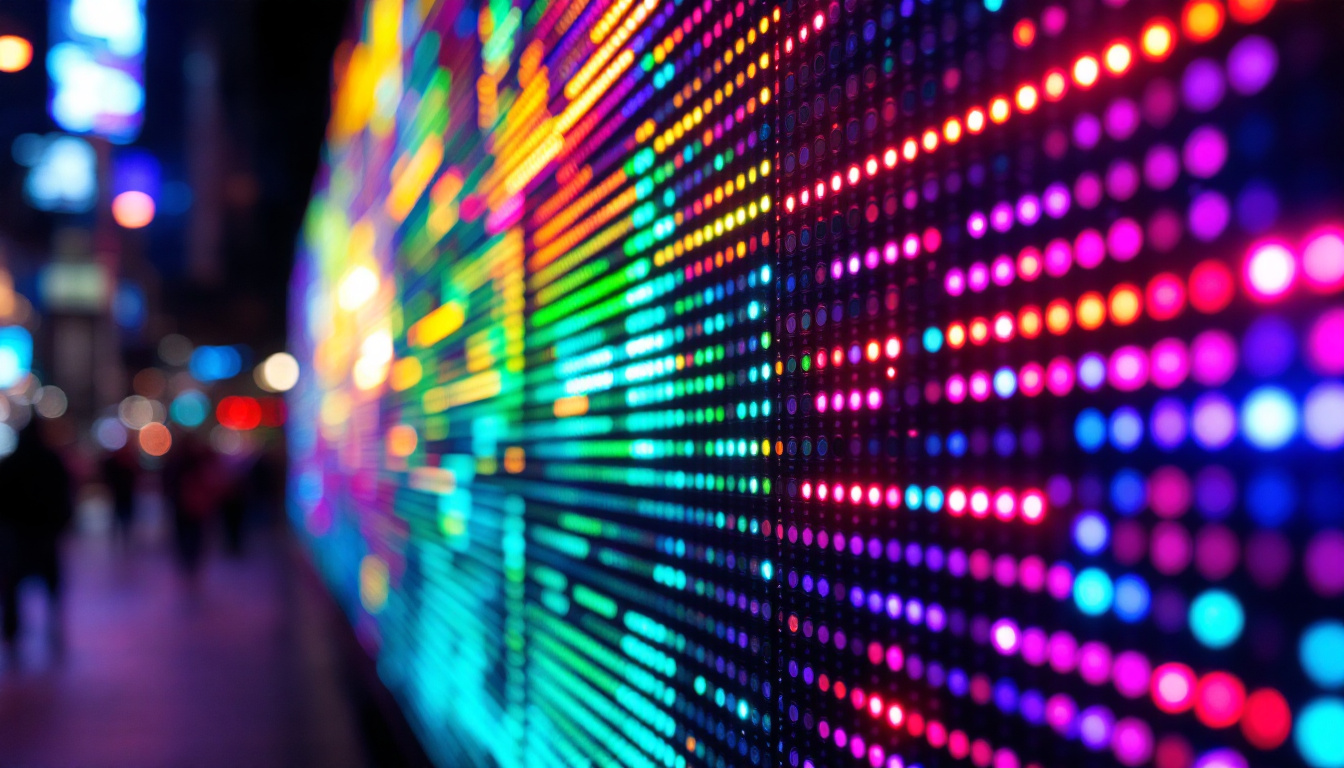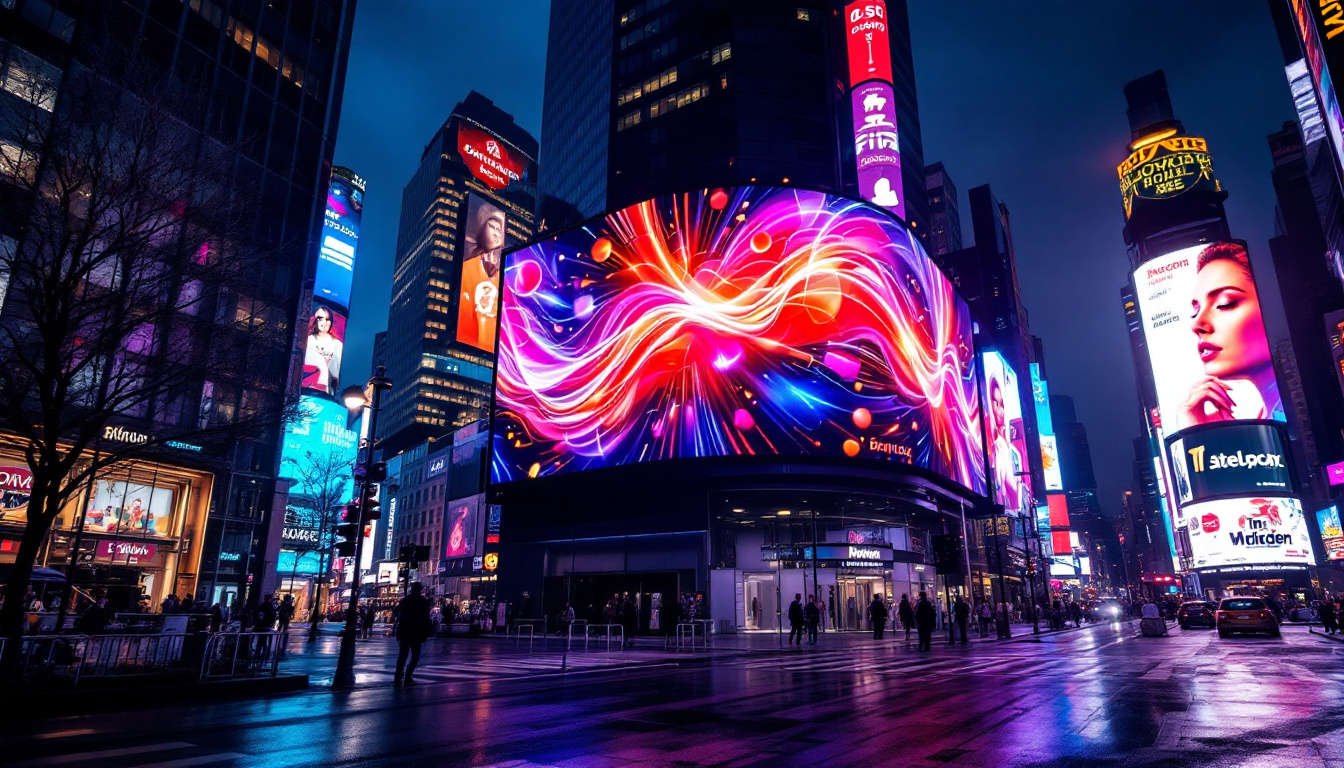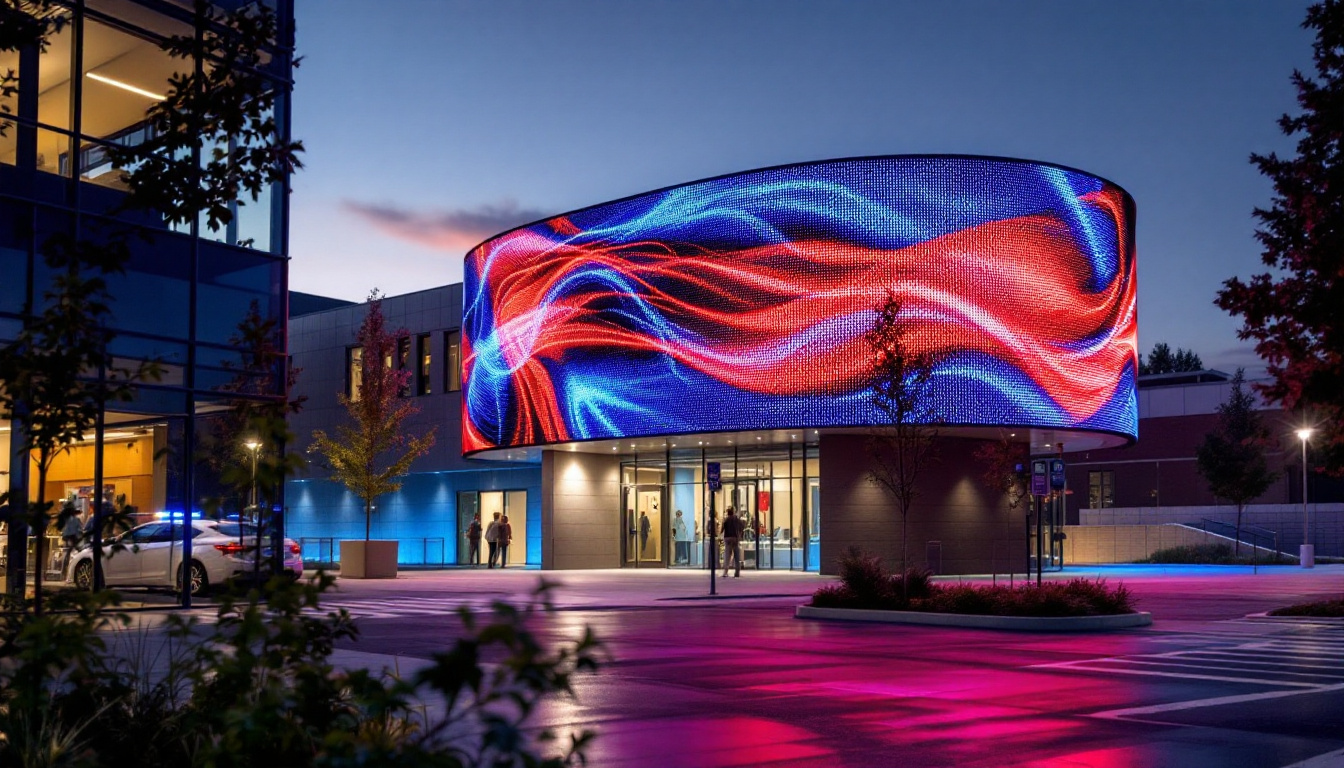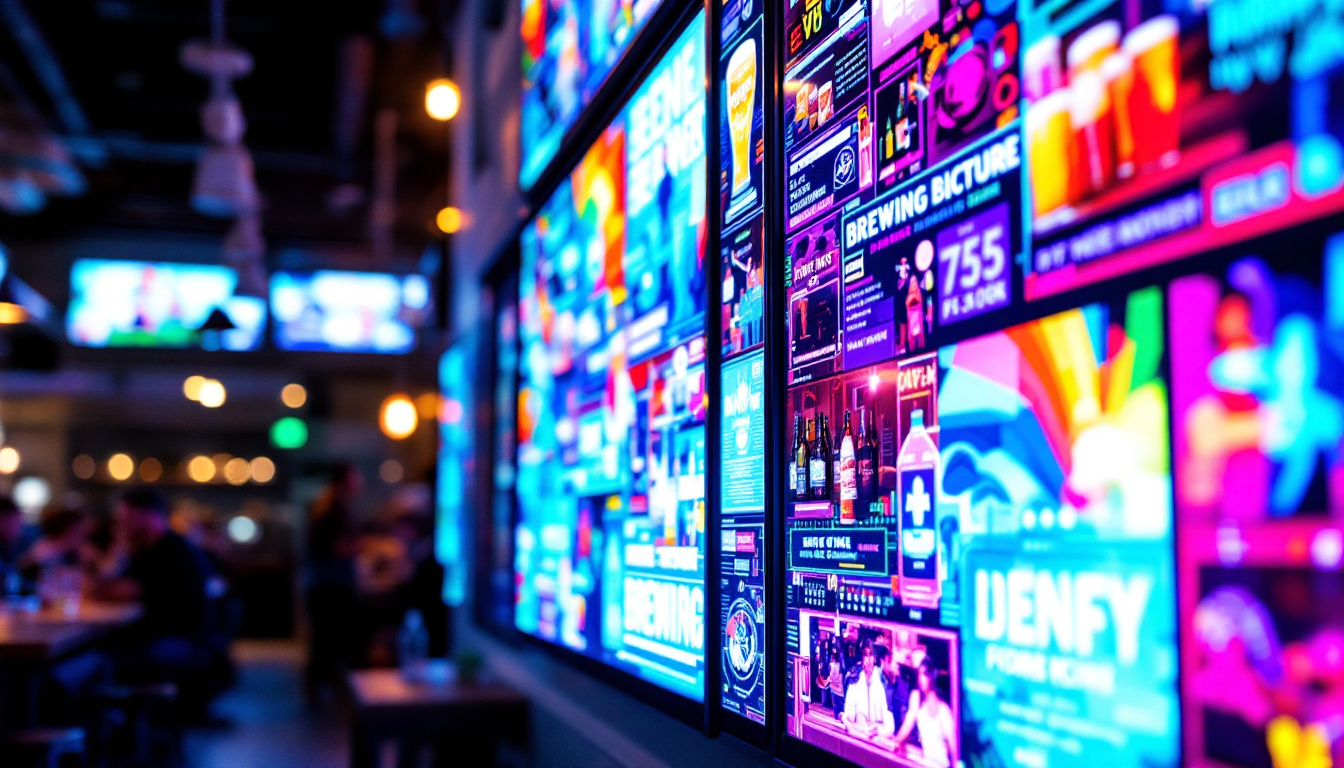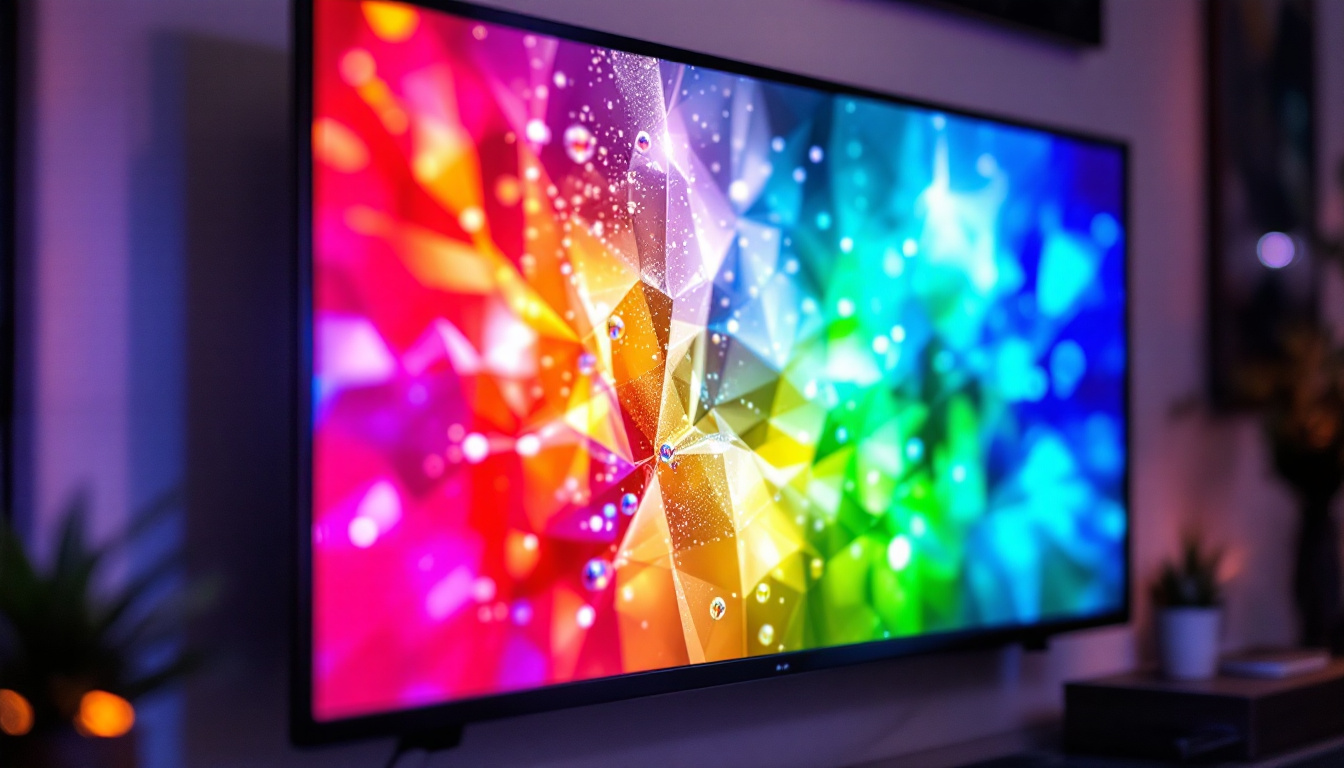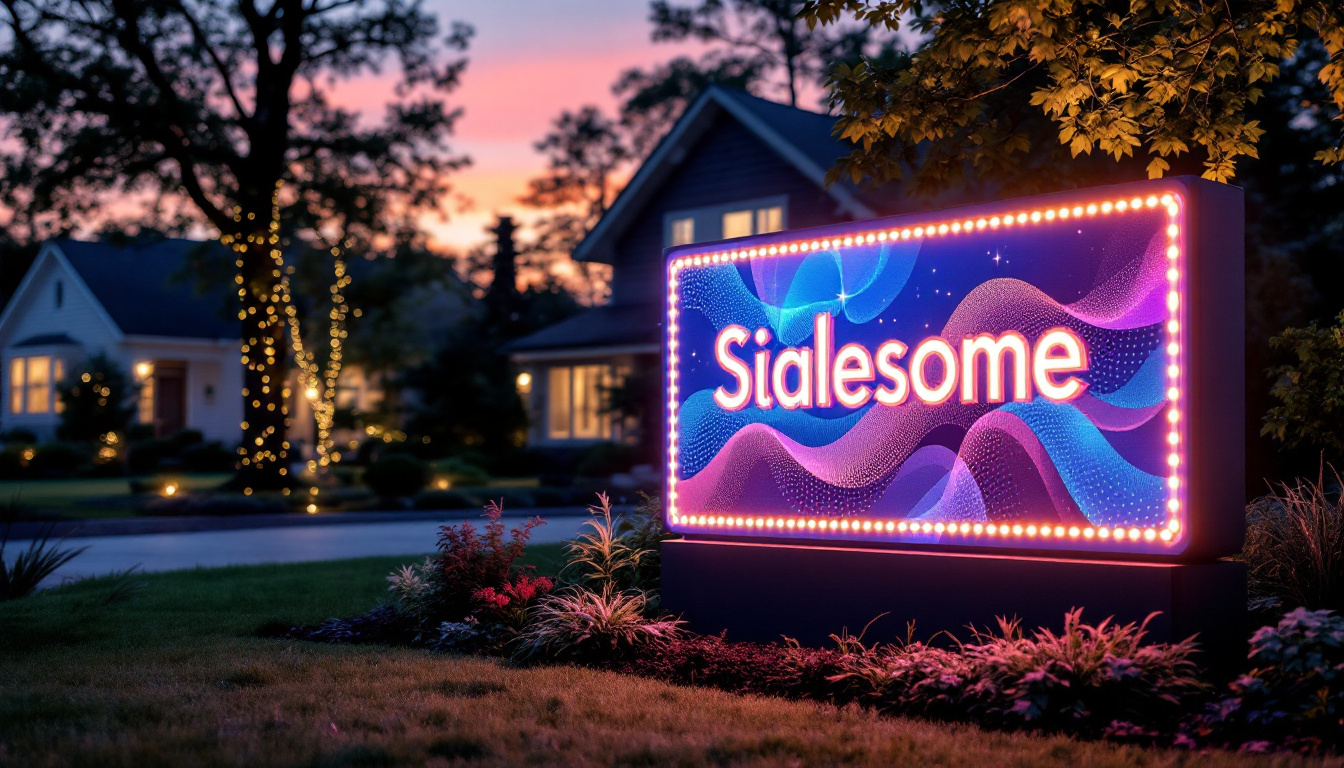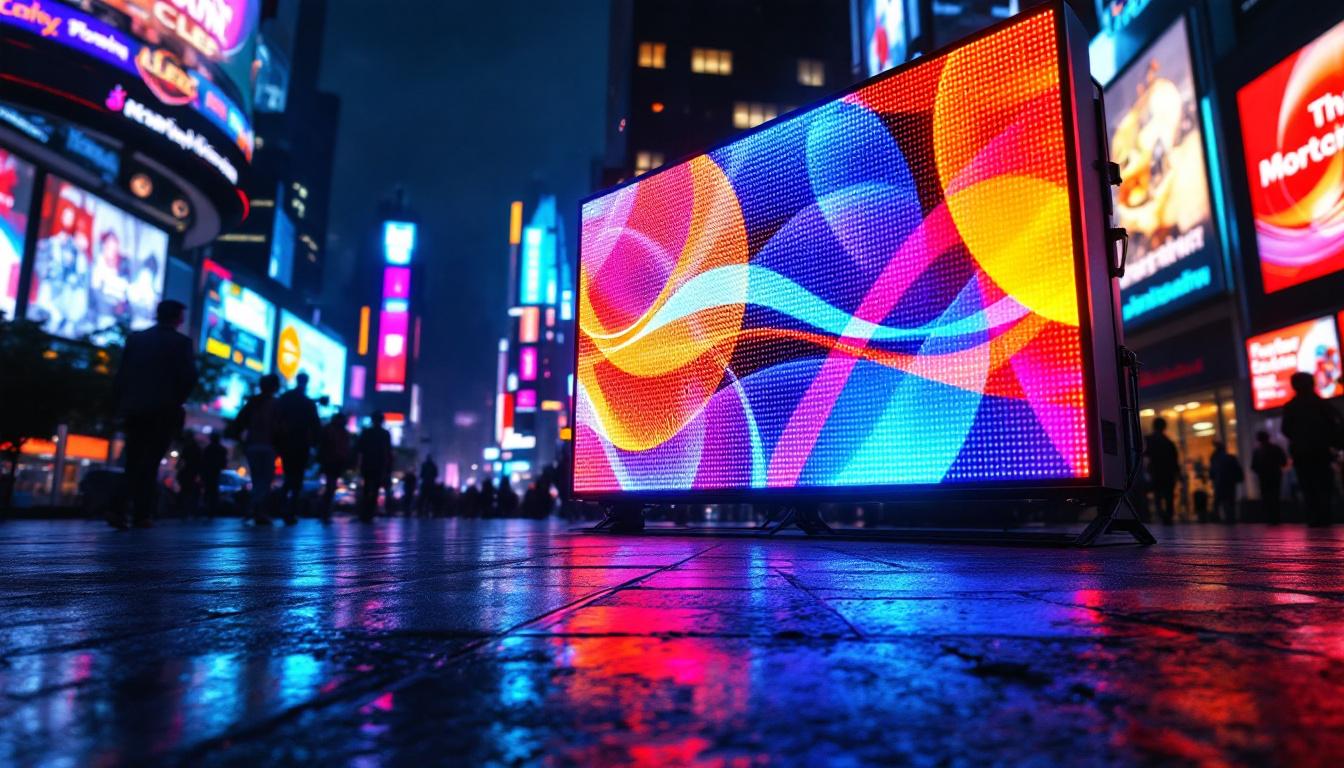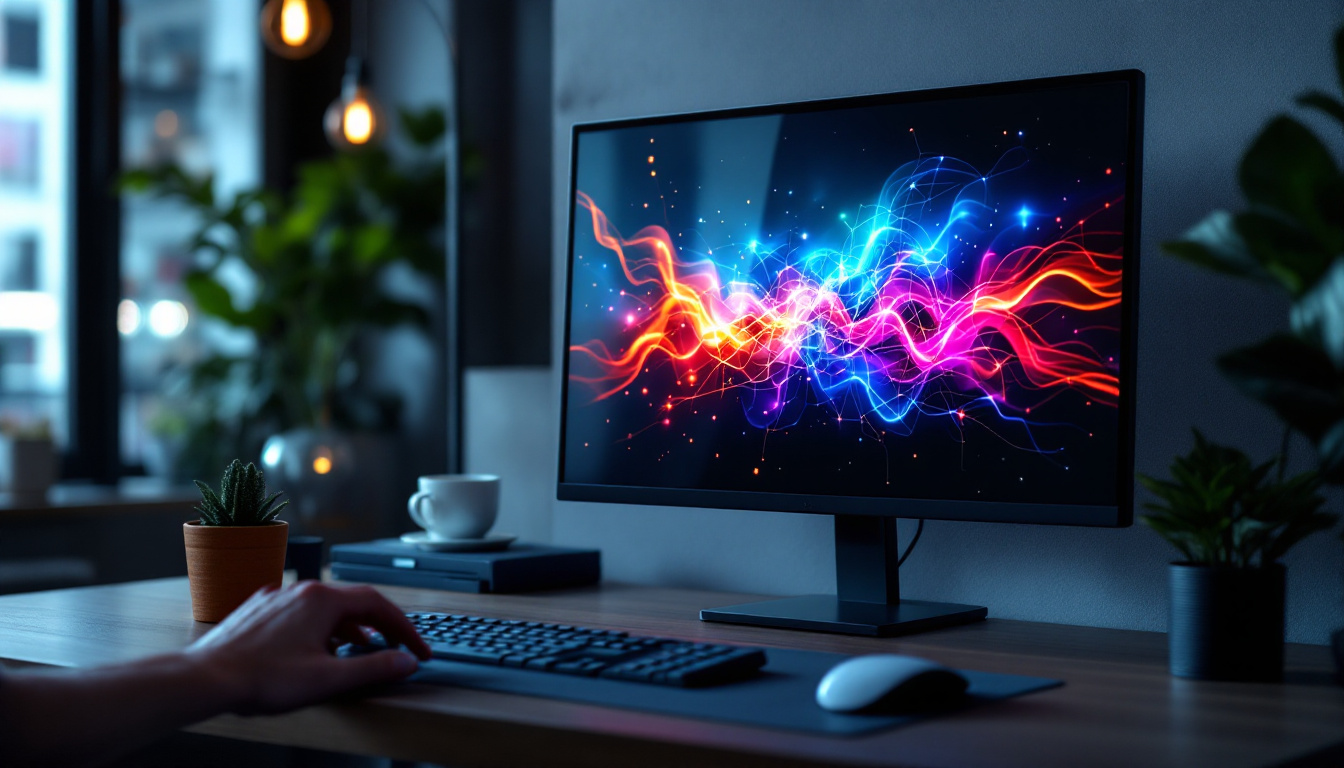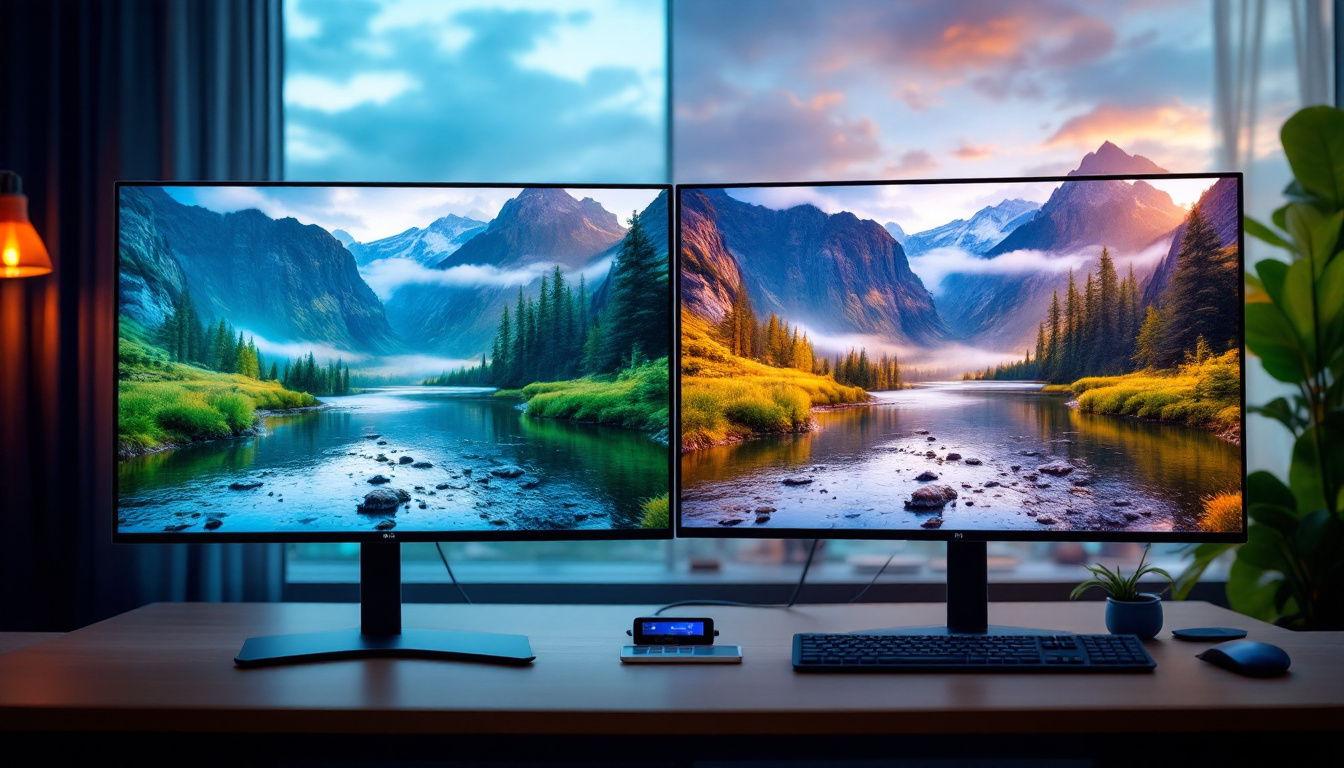In an era where information is constantly being exchanged and consumed, visual display boards have emerged as a vital tool for communication. Among the various types of display technologies, LED (Light Emitting Diode) displays have gained significant traction due to their versatility, brightness, and energy efficiency. This article delves into the intricacies of LED display boards, exploring their functionality, applications, and advantages.
Understanding LED Technology
LED technology is based on the principle of electroluminescence, where a semiconductor emits light when an electric current passes through it. This technology has evolved significantly over the years, leading to the development of various types of LED displays that cater to different needs. The versatility of LED technology has made it a popular choice not only in consumer electronics but also in architectural lighting, automotive lighting, and even in horticulture, where specific wavelengths of light can enhance plant growth.
How LED Displays Work
At the core of an LED display are tiny diodes that produce light. These diodes can be arranged in various configurations, forming pixels that collectively create images and text. The brightness and color of the display are determined by the intensity of the current flowing through each diode. By adjusting this current, a wide range of colors can be produced, making LED displays capable of showcasing vibrant visuals. Additionally, the rapid response time of LEDs allows for smooth motion graphics, making them ideal for video displays in high-traffic areas and events.
LED displays can be categorized into two main types: direct view and backlit. Direct view LED displays are made up of individual LEDs that emit light directly, while backlit displays use LEDs to illuminate an LCD panel from behind. Each type has its own set of advantages and is suited for different applications. For instance, direct view displays are often used in outdoor signage due to their high brightness and visibility in sunlight, whereas backlit displays are commonly found in televisions and computer monitors, where color accuracy and uniformity are paramount.
The Evolution of LED Displays
The journey of LED displays began in the early 1960s, primarily used for simple indicators and displays. Over the decades, technological advancements have transformed them into sophisticated visual communication tools. The introduction of RGB (Red, Green, Blue) LEDs allowed for full-color displays, significantly enhancing their functionality. This breakthrough paved the way for the development of large-scale video walls and digital billboards, which have become ubiquitous in urban landscapes, capturing the attention of passersby with dynamic content.
Today, LED technology continues to evolve, with innovations such as flexible displays and transparent screens pushing the boundaries of what is possible. These advancements have opened up new avenues for creativity and functionality in various sectors. For example, flexible LED displays can be bent and shaped to fit unconventional spaces, allowing for unique installations in retail environments. Transparent LED screens are being integrated into storefronts and exhibition spaces, enabling brands to showcase products while maintaining visibility into their stores. As research progresses, we can anticipate even more exciting developments in LED technology that will further enhance our visual experiences.
Applications of LED Display Boards
LED display boards are utilized across a multitude of industries, serving various purposes from advertising to information dissemination. Their adaptability makes them a preferred choice in numerous settings.
Advertising and Marketing
One of the most prominent applications of LED displays is in advertising. Businesses leverage these boards to showcase dynamic content, including promotional videos, animations, and real-time updates. The high brightness and contrast of LED displays ensure that advertisements are eye-catching, even in bright daylight.
Moreover, LED display boards can be programmed to change content based on time, location, or audience demographics, allowing for targeted marketing strategies. This flexibility enhances engagement and can lead to higher conversion rates.
Transportation and Public Information
In the transportation sector, LED displays play a crucial role in providing real-time information to passengers. Bus and train stations utilize these boards to display arrival and departure times, service updates, and emergency alerts. The clarity and visibility of LED displays ensure that vital information is communicated effectively, enhancing the overall travel experience.
Public spaces such as airports and stadiums also employ LED displays for similar purposes. They serve as information hubs, guiding visitors and enhancing safety through timely announcements.
Corporate and Educational Use
In corporate environments, LED display boards are commonly used for presentations, meetings, and internal communications. Their ability to display high-quality visuals makes them ideal for sharing data, charts, and videos, facilitating better understanding and engagement among employees.
Educational institutions have also embraced LED displays for classrooms and auditoriums. These boards not only enhance teaching methods but also provide a platform for interactive learning experiences. Students can engage with content in a visually stimulating manner, which can improve retention and comprehension.
Advantages of LED Display Boards
LED display boards offer numerous advantages that make them a preferred choice for many applications. Understanding these benefits can help organizations make informed decisions when investing in display technology.
Energy Efficiency
One of the standout features of LED displays is their energy efficiency. Compared to traditional display technologies, such as LCD or CRT, LED displays consume significantly less power. This not only reduces operational costs but also contributes to environmental sustainability.
Many modern LED displays are designed with energy-saving features, such as automatic brightness adjustment based on ambient light conditions. This further enhances their efficiency, making them an eco-friendly option for businesses and organizations.
Durability and Longevity
LED displays are known for their durability and long lifespan. Unlike traditional displays that may suffer from burn-in or color degradation over time, LED displays can last for tens of thousands of hours with minimal maintenance. This longevity translates to lower replacement costs and less frequent downtime.
Furthermore, LED technology is less susceptible to damage from external factors such as temperature fluctuations and humidity, making them suitable for both indoor and outdoor applications.
High Visibility and Quality
The brightness and contrast of LED displays are unparalleled, providing excellent visibility even in challenging lighting conditions. This makes them ideal for outdoor advertising and public information displays, where visibility is crucial.
Additionally, LED displays offer superior color accuracy and resolution, allowing for the presentation of high-definition content. This quality ensures that messages are conveyed clearly and effectively, enhancing viewer engagement.
Challenges and Considerations
While LED display boards offer numerous advantages, there are also challenges and considerations that potential users should be aware of. Understanding these factors can aid in making informed decisions regarding their implementation.
Initial Investment Costs
The initial cost of purchasing and installing LED display boards can be significant. While prices have decreased over the years, high-quality LED displays still represent a substantial investment for many organizations. It is essential to weigh the long-term benefits against the initial expenditure.
Organizations should consider their budget and the potential return on investment (ROI) when deciding to implement LED technology. In many cases, the energy savings and increased engagement can offset the initial costs over time.
Content Management and Maintenance
Effective content management is crucial for maximizing the impact of LED displays. Organizations must invest in software solutions that allow for easy content updates and scheduling. This can require additional training for staff, which may be a consideration for smaller businesses.
Maintenance is another aspect to consider. Although LED displays are generally low-maintenance, they may still require periodic servicing to ensure optimal performance. Organizations should plan for these maintenance needs in their operational budgets.
Future Trends in LED Display Technology
The landscape of LED display technology is continuously evolving, with new trends emerging that promise to enhance their functionality and applications. Staying informed about these trends can help organizations remain competitive and innovative.
Integration with Smart Technology
The integration of LED displays with smart technology is a growing trend. Smart displays can connect to the internet, allowing for real-time content updates and data-driven advertising. This connectivity enables organizations to respond quickly to changing circumstances and audience preferences.
Moreover, the use of artificial intelligence (AI) can enhance content personalization, ensuring that messages resonate with specific audiences. This level of customization can significantly improve engagement and effectiveness.
Advancements in Display Quality
As technology continues to advance, the quality of LED displays is also improving. Higher resolutions, such as 4K and 8K, are becoming more common, providing stunning visuals that captivate audiences. Additionally, developments in microLED technology promise to deliver even better color accuracy and brightness.
These advancements will likely expand the range of applications for LED displays, making them suitable for even more industries and use cases.
Sustainability Initiatives
With increasing awareness of environmental issues, sustainability is becoming a key focus in the development of LED display technology. Manufacturers are exploring ways to reduce the environmental impact of production and disposal processes.
Efforts include using recyclable materials, reducing energy consumption, and creating displays that are easier to disassemble and recycle. As sustainability becomes a priority for consumers and businesses alike, these initiatives will play a crucial role in shaping the future of LED technology.
Conclusion
LED display boards have revolutionized the way information is communicated across various sectors. Their energy efficiency, durability, and high visibility make them a valuable asset for businesses, educational institutions, and public organizations. While there are challenges to consider, the benefits often outweigh the drawbacks, making LED displays a worthwhile investment.
As technology continues to advance, the potential applications and capabilities of LED displays will only expand. Staying abreast of these developments will enable organizations to leverage this technology effectively, ensuring they remain at the forefront of visual communication.
In a world where attention spans are short and competition for visibility is fierce, LED display boards stand out as a powerful tool for engagement and communication. Embracing this technology can lead to enhanced interactions, improved information dissemination, and ultimately, greater success.
Explore Cutting-Edge LED Display Solutions
Ready to elevate your visual communication strategy with the latest in LED technology? Discover LumenMatrix’s comprehensive range of LED display solutions, crafted to bring your messages to life with unparalleled clarity and vibrancy. From Indoor and Outdoor LED Wall Displays to innovative LED Posters and Transparent Displays, LumenMatrix is at the forefront of creating immersive visual experiences. Whether for advertising, education, or public information, our LED solutions are designed to captivate and engage your audience. Check out LumenMatrix LED Display Solutions today and transform how you connect with the world around you.

